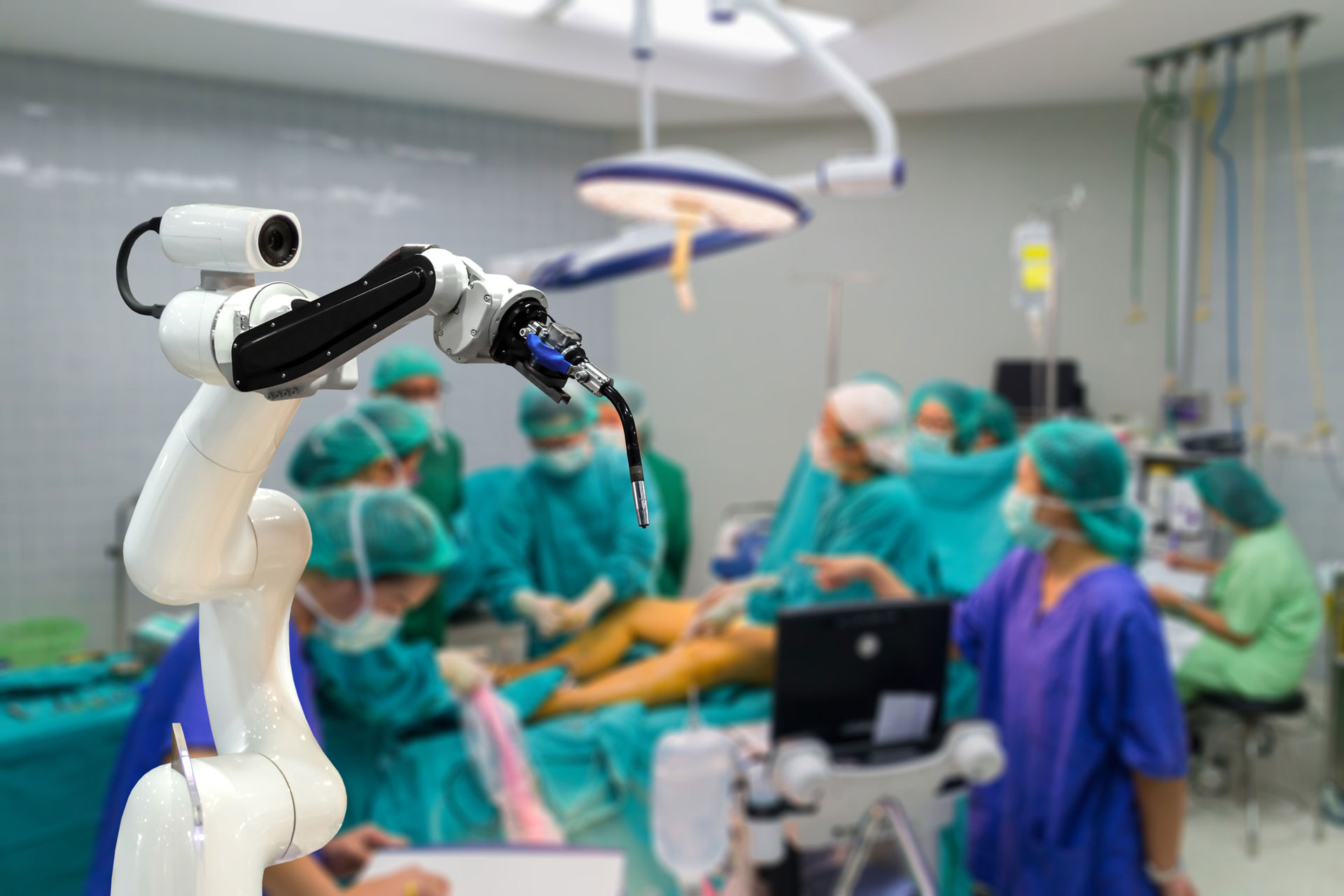It happens every year at this time; various media outlets publish reviews from the past year and predictions for the future. Some are boring, some are predictable, and others are just plain puzzling. However, when it comes to healthcare, predictions can be helpful for planning and anticipating the changes that may be around the corner. Those involved in the digital transformation of healthcare have a lot of ideas about what the future may bring, and here are some healthcare advancements we think you may see in 2019.
Increased use of Artificial Intelligence (AI)
It’s been a rough road for AI, as some healthcare organizations eschewed it as unproven, too expensive, and/or not evidence based. However, AI is becoming not only the evidence, but the tool as well. Healthworks collective reported on some of the advantages that AI is bringing that improve outcomes and reduce costs:
- AI is being successfully employed in a diagnostic device that scans the retina and identifies conditions like diabetic retinopathy
- Chatbots are using AI to help fill prescriptions, make appointments and improve billing processes.
- AI is playing an active role in pharmaceutical R&D: algorithms can test biological or chemical interactions safely and accurately to speed up the time it takes to bring new drugs to market
The Cleveland Clinic says that AI is improving patient diagnoses in their system. They say that AI has the ability to “highlight problem areas on images, aiding in the screening process and quickly making sense of the mountains of data within a physician’s EMR system”.
Robots in Healthcare
“Not new” you say. You are right; the da Vinci surgical robot has been around since the turn of the century in the year 2000. However, we are talking about an entirely new generation of robots.
The Cleveland Clinic has something to say on this as well because they are using new robots to improve patient care. According to a report in HealthData Management; “Earlier this month, it was announced that urologic surgeons at the Cleveland Clinic were the first in the country to successfully perform prostate surgery using a new generation of robot that inserts surgical instruments through a small incision. Surgeons used the Single Port SP Robot from Intuitive Surgical to remove cancerous prostates as well as an enlarged prostate blocking the urinary system through the bladder.” The minimally invasive incision that was required improved outcomes and patient recovery.
Expansion of The Internet of Medical Things (IoMT)
It’s not a case of six degrees of separation in the medical world. IoMT connects medical devices, monitors, patients and physicians directly. That’s a good thing when it comes to tracking patient behavior that can impact care. The ability to connect apps, wearables and remote monitoring closes the gap that used to occur whenever the patient was out of the physician’s office. Now, doctors can receive EKG/ECG, blood pressure, temperature and glucose level data while the patient is at home. According to Healthworks collective, there may be 20 to 30 billion IoMT devices in use by 2020.
According to Forbes, “The IoT healthcare market will reach $136.8 billion worldwide by 2021. Today, there are 3.7 million medical devices in use that are connected to, and monitor, various parts of the body to inform healthcare decisions.”
Virtual Reality, Augmented Reality and Mixed Reality
These technologies are changing the way surgeons can prepare for surgery. Some systems allow them to virtually walk through the body and “see” the surgical site before the procedure.
Virtual reality created by Immersive Touch was used to prepare for a particularly rigorous surgery in India, separating Siamese twins connected at the head. According to Immersive Touch, “VR technology was used to convert traditional CT, MRI and angiogram imaging into a 3D virtual environment that allowed the surgical team to see inside the brains and vascular structure of the twins to plan the surgery. Using HTC Vive VR headsets and haptic robots that replicate the surgical touch and feel of a medical device’s interaction with patient anatomy, surgeons were able to immerse themselves into a 3D virtual operating room.”
Now application of the three technologies is expanding even further to improve and expand treatments for conditions like Alzheimer’s disease. Harvard Business School reported on a game using AR that can improve executive functioning for those in the early stages of the disease.
Of course there are hundreds, perhaps thousands of other predictions about what 2019 will bring to healthcare. These are some of the most positive developments and hopefully ones to which you will have access to improve diagnosis, treatment and patient outcomes.




